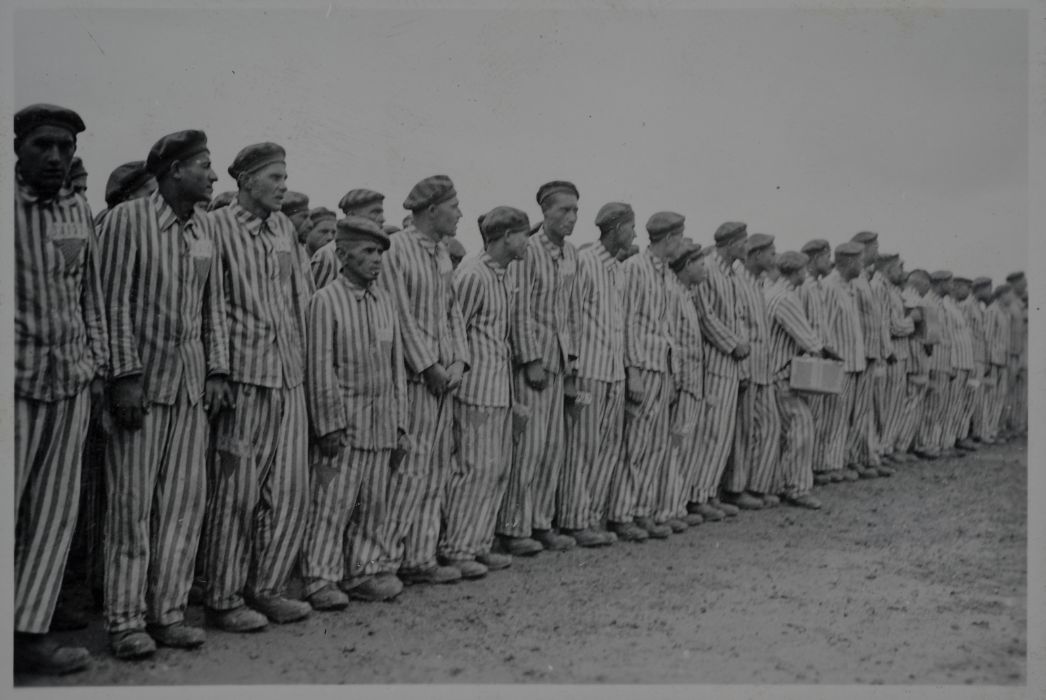
©Courtesy of the International Court of Justice
The parent camp was nothing more than a transit camp for most of them. Soon after their arrival, the SS sent them on to the construction sites of Dora, Ellrich, Harzungen, etc., where the cruellest conditions prevailed.
The Sinte Ewald Hanstein from Berlin, nineteen years old at the time, was one of them:
“Our transport consisted of approximately 1,400 men and women, most of them around my age, but also twelve-year-olds and older inmates—everyone who had managed to pass as fit for work. … Like all the others, I was initially committed to the quarantine block. The aim was to determine who was afflicted with a contagious illness. I still had no idea what they were planning to do with me, so the examination calmed me down a bit. If they were planning to kill us off right away, they could have saved themselves the effort. My survival seemed guaranteed, at least for a while. But would it be long enough to be liberated by the Allies? … Six weeks later, it was ‘Fall in for transport!’ again. … I never imagined that the worst camp of all lay ahead of me.”[1]
In late September 1944, the Buchenwald SS sent 200 adolescent Sinti and Roma back to Auschwitz-Birkenau to be murdered. Their names can today be read on the stones lining the Commemorative Buchenwald Railway Path along the former railway line. Today there is a memorial to the Sinti and Roma murdered in Buchenwald at the former Block 14, a place of suffering for the Burgenland Roma in the winter of 1939/40.
[1]Ewald Hanstein, Meine hundert Leben: Erinnerungen eines deutschen Sinto (Bremen, 2005), pp. 62–64.

